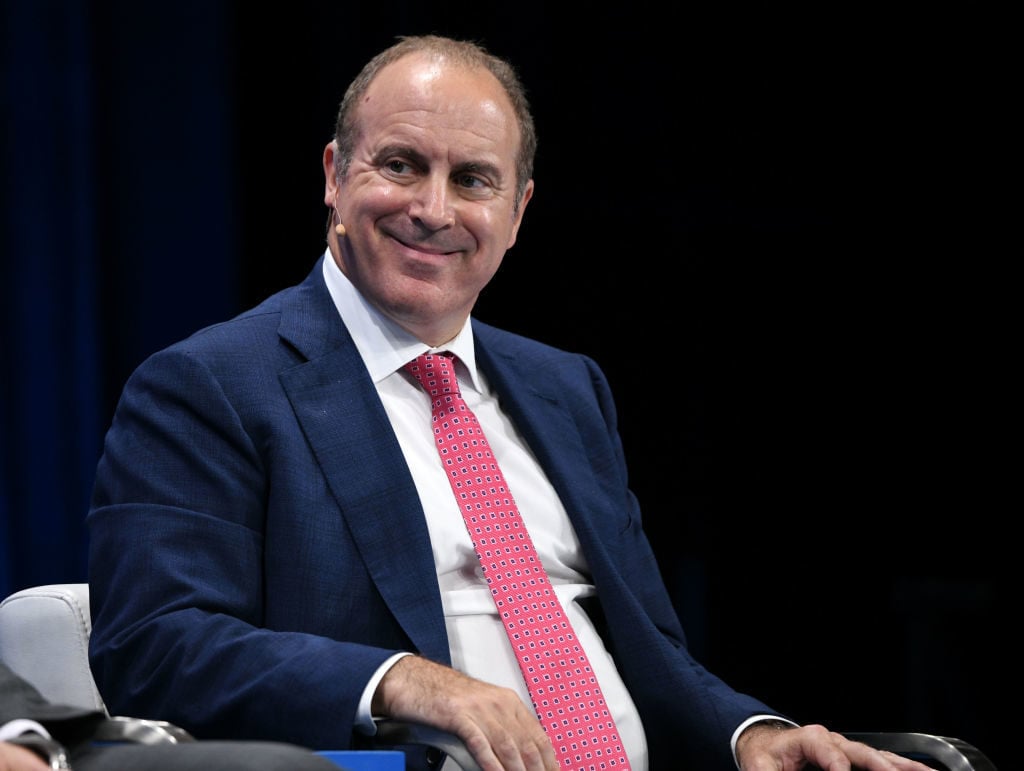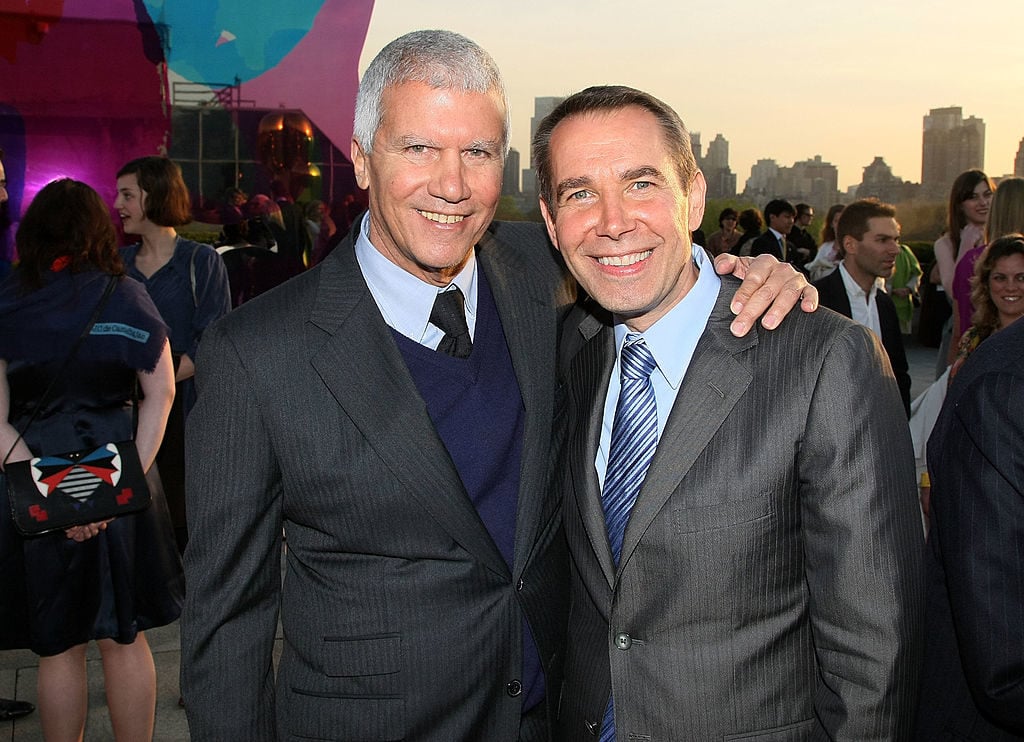Law & Politics
Billionaire Steven Tananbaum Settles With Gagosian, Ending a Bitter Lawsuit Over Three Long-Delayed Jeff Koons Sculptures
The saga of one of the art world's most high-profile lawsuits has finally ended.

The saga of one of the art world's most high-profile lawsuits has finally ended.

Taylor Dafoe

One of the art world’s most conspicuous lawsuits has come to an end.
Last week, billionaire hedge-fund manager and Museum of Modern Art trustee Steven Tananbaum reached a settlement with Gagosian over three long-delayed Jeff Koons sculptures he purchased between 2013 and 2015. Tananbaum filed the suit against the gallery in April 2018, alleging that there was no indication that the works were being made despite the fact that he had paid $6.4 million in down payments.
The two parties released a joint statement last Friday, first reported in ARTnews, announcing that they had “amicably settled the legal action between them.” Koons and the gallery said that “Mr. Tananbaum is a passionate collector, and we look forward to our continuing relationship.” Tananbaum added that he “continues to be a proud collector of works by Mr. Koons, whom he considers one of the most important living artists today.”
The specifics of the settlement were not disclosed. All claims and counterclaims related to the suit have been dismissed.

Jeff Koons, Balloon Venus (Magenta) (2008–2012). © Jeff Koons.
The settlement is likely to be welcome news for the judge overseeing the case, who has been encouraging the two sides to settle for around a year. At a hearing in March 2019, she said: “Next year, Mr. Tananbaum will go buy more art from Mr. Gagosian. I’m the only one getting agita.”
Tananbaum purchased an edition of Koons’s Balloon Venus (Magenta), an eight-foot-tall riff on the Venus of Willendorf, for $8 million in September 2013, expecting it to be finished within two years. In 2015, Koons extended the work’s estimated completion date by two more years, at which point Tananbaum agreed to buy two more sculptures. By spring 2018, the collector claimed he had not yet seen evidence that the three works were in progress.
The subsequent lawsuit made headlines both because of the boldface names involved and the strong language of the claims. “When the curtain is pulled back, ‘Something is rotten in the state of Denmark’ cannot help but spring to mind from defendants’ naked, unadorned avarice and conspiratorial actions in connection with the sale of factory-manufactured industrial products called Jeff Koons sculptures,” the collector’s attorney wrote at the time, referencing Shakespeare’s Hamlet.
The suit went on to categorize Gagosian’s actions as a “garden-variety, interest-free, fraudulent financial routine,” comparing them to both a Ponzi scheme and the plot of The Producers.

Larry Gagosian and Jeff Koons at the Metropolitan Museum of Art in 2008. Photo: Andrew H. Walker/Getty Images.
Gagosian tried twice to have the suit dismissed, arguing in his second motion that as a “highly sophisticated art collector,” Tananbaum should be aware of Koons’s reputation as “a perfectionist who often takes years” to complete his work. The gallery claimed the supposed completion dates of the sculptures were approximate and that such dates are “often extended by multiple years.”
Less than a month after Tananbaum filed his claim, Hollywood producer Joel Silver hit Gagasion with a similar lawsuit, alleging that the gallery failed to deliver an $8 million Koons sculpture that Silver purchased in 2014. The producer reached a settlement with the gallery last year after it was revealed his case was being funded by Ronald Perelman, another prominent collector who had himself sued Gagosian numerous times. As part of the settlement, Silver agreed to buy the sculpture in question after all.
Tananbaum was also the target of a heated protest outside of MoMA last fall as activists criticized the institution’s board member of exploiting the debt crisis in Puerto Rico through his hedge fund, Golden Tree.